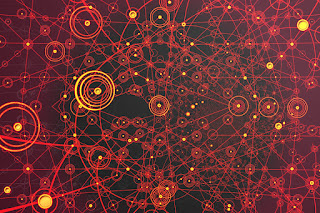At any given moment, there are events within our control and out of our control. There are areas we can influence, and areas we cannot. As an optimistic futurist, I read and analyze the positive with the negative, and then I seek opportunities to influence a positive outcome.
The global COVID-19 pandemic is a timely point of reference. I read all the distressing news and projections like everyone else, and then look for opportunities to both mitigate the risk and to achieve the best possible outcomes.
Imagine if you would sitting in a canoe full of your dearest family members. The canoe is drifting quickly toward a dangerous waterfall. Our choices are to focus on all the possible negative future scenarios of going over the waterfall, or focusing on influencing a positive outcome. What will it be?
We need the clarity and wisdom of recognizing all the possible negative scenarios and consequences, but once we have that recognition, we should focus on shaping the outcome to something purposely positive. Wouldn’t you agree? Some might say futurist are better off being objective spectators, but I want a futurist to throw me a rope.
Doomsday futurist are often secretly hopeful they’ve got it right. They sit back and wait for the canoe to go over the waterfall...as they predicted. Optimistic futurist, identify, reverse engineer and rehearse both positive and negative possible future scenarios to learn what needs to be done today to purposefully influence our path to achieve the best possible outcome.
 |
| Future |
My Futurist boss here at TCS, Frank Diana, always says, “It is impossible to predict the future - anyone who tries is on a fool's errand.” There are simply too many building blocks of the future including, science, technology, societal, geopolitical and economic converging together, plus catalysts of change (think pandemic), mixed into this giant pot of stew we call the future. Exactly what comes out can be guessed at, but not predicted. At best we can identify a range of possible and plausible future scenarios to consider and rehearse.
Given that we can’t predict the future - let’s identify the future we want and do everything possible and purposeful to achieve it.
************************************************************************
Kevin Benedict
Partner | Futurist at TCS
***Full Disclosure: These are my personal opinions. No company is silly enough to claim them. I work with and have worked with many of the companies mentioned in my articles.






